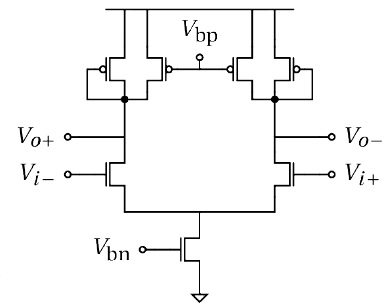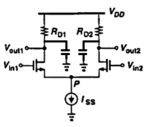electronicman26
Full Member level 2

hi
I want to calculate delay time for this cell with analytic equation and software, but I don't know how I do this
I would be glad if anyone help me to do this
I want to calculate delay time for this cell with analytic equation and software, but I don't know how I do this
I would be glad if anyone help me to do this




